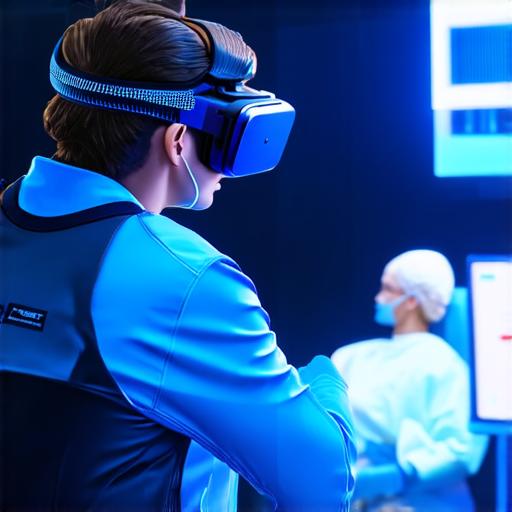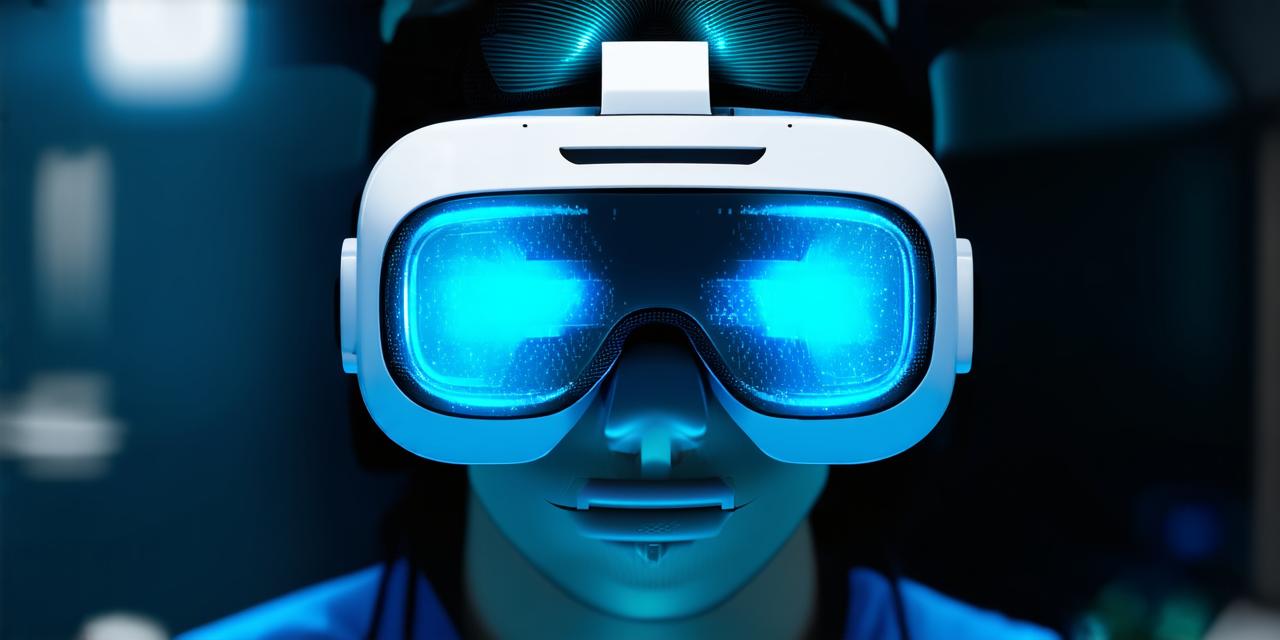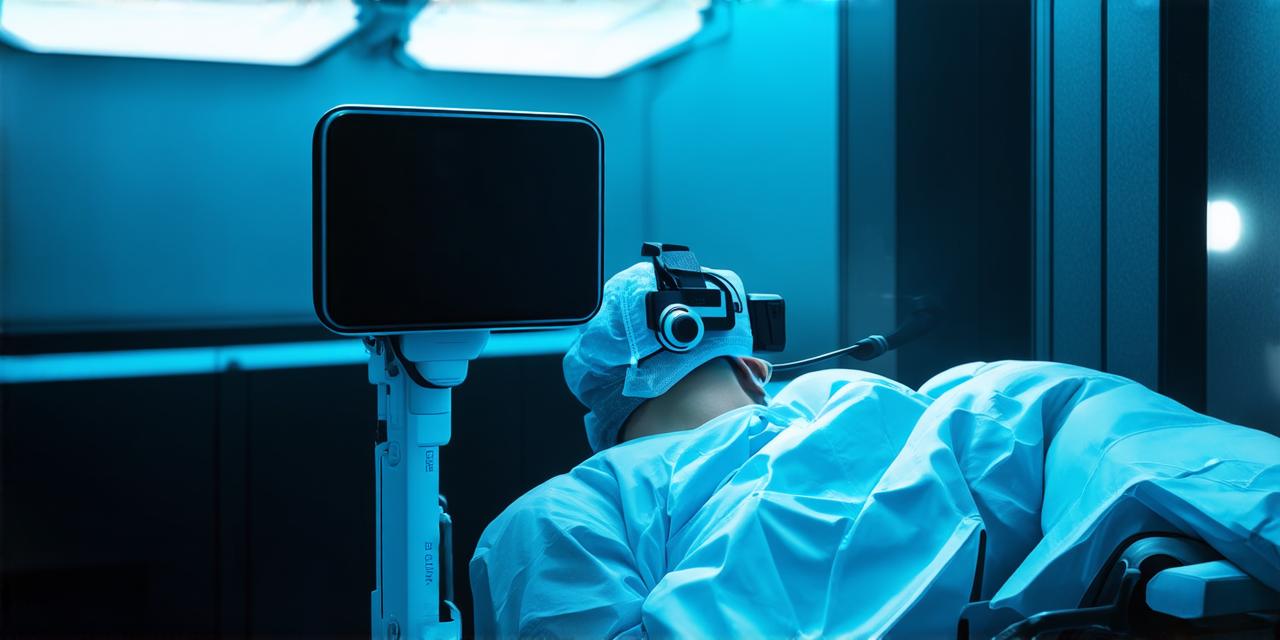Virtual reality (VR) has been around for decades but it’s only recently that we have seen its application in healthcare. As a cutting-edge technology, VR is being used to revolutionize the way doctors diagnose and treat patients, improve surgical precision, and enhance patient experience.
Diagnosis and Treatment
Virtual reality has opened up new possibilities in diagnosis and treatment. With VR, doctors can simulate real-world scenarios and test treatments in a safe environment before applying them to patients. This helps reduce risks and improve outcomes for patients. For example, surgeons can use VR simulations to practice complex procedures and perfect their skills, reducing the likelihood of mistakes during actual surgery.
Mental Health Treatment

Virtual reality has also been used as an effective tool in treating mental health disorders such as anxiety, depression, and PTSD. By creating immersive virtual environments that simulate real-world triggers, therapists can help patients confront their fears and anxieties in a controlled setting, leading to better mental health outcomes.
Rehabilitation
Virtual reality has also played a crucial role in rehabilitation. Patients recovering from injuries or surgeries can use VR to regain mobility and improve their coordination by simulating real-world scenarios. This can be particularly useful for patients who are unable to leave their homes due to their condition, as it allows them to access rehabilitation therapy remotely.
Surgical Precision
Virtual reality has also improved surgical precision. With the help of VR, surgeons can plan and rehearse complex procedures before performing them on actual patients. This helps reduce the likelihood of mistakes during surgery, leading to better outcomes for patients. Additionally, VR-guided surgery allows doctors to perform delicate procedures with greater precision, reducing the risk of complications and improving patient safety.
Patient Experience
Virtual reality has also transformed the patient experience in healthcare. Patients can use VR technology to explore their medical conditions, learn about their treatments, and even virtually “walk through” their bodies to understand how their injuries or illnesses are affecting them. This helps patients feel more informed and empowered, leading to better outcomes and improved satisfaction with their healthcare experience.
Potential Impact on Healthcare
Virtual reality has the potential to revolutionize healthcare in many ways. As technology continues to advance, we can expect VR to become an even more important tool in diagnosis, treatment, rehabilitation, and patient experience. By harnessing the power of virtual reality, we can improve healthcare outcomes, reduce costs, and enhance the overall patient experience.
Conclusion
Virtual reality is transforming the medical field by improving diagnosis and treatment, mental health treatment, rehabilitation, surgical precision, and patient experience. As this technology continues to evolve, we can expect it to have an even greater impact on healthcare in the years to come. By embracing virtual reality, we can revolutionize the way we approach medicine and improve outcomes for patients.



